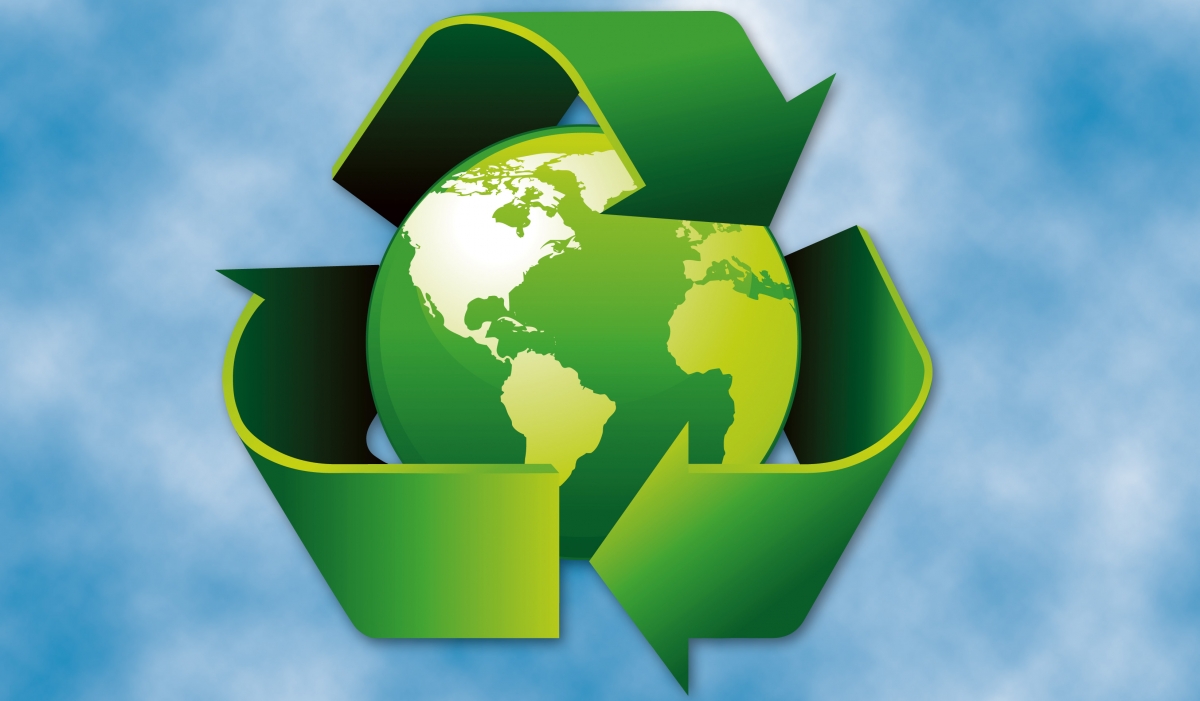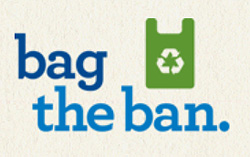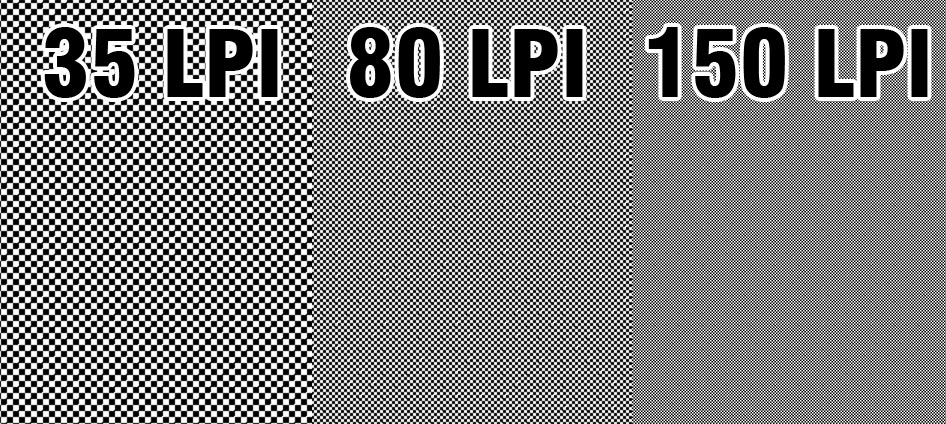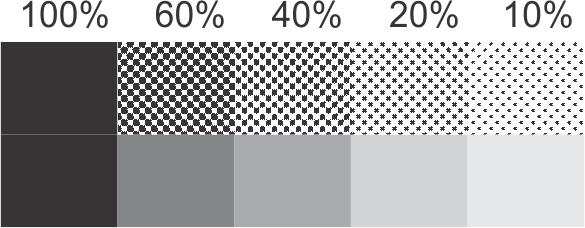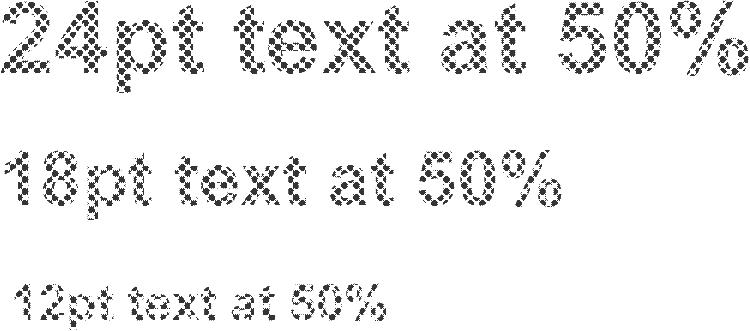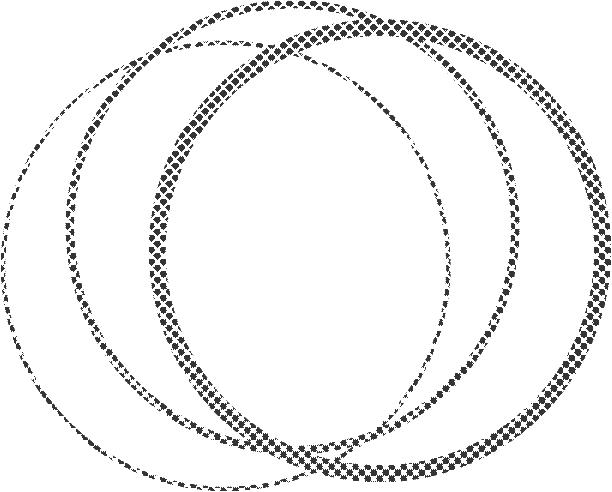American Plastic takes pride in being able to offer minimums as low as 3,000 bags, but depending on the specs of the bag, that minimum can end up being as high as 20,000. The reasons for this mainly have to do with setup times, labor, and waste.
Setup for all jobs takes about the same amount of time, regardless of the size of the bag. There are three basic steps involved in making bags: extruding film, printing, and converting individual bags.
Extruding Film - This involves loading an extruder with raw resin, melting it, and blowing it into a tube of the specified width and thickness. Before being wound on a roller, the blown film needs to be threaded through a set of rollers, and adjustments made to width and gauge of the film. This process is the same no matter how much material we are making. So for smaller orders, the percentage of setup time compared to the whole run is much higher. On larger runs, the setup time is a very small percentage of the time it takes to run a job.
Printing - Printing setup is also time consuming, and that multiples for each ink color added. Many one color jobs can be printed inline, as the film comes off the extruder, but for bags printed offline, or with more than one color, the film is transferred to a separate printing press. Each color requires its own printing plate, attached to a printing cylinder. Usually workers need to change out the print cylinders to match the bag size being made. The only way to register multiple colors so that they line up correctly is to print some film and make final adjustments as it runs through the press. Running a six color job can require hours of setup time, which makes smaller runs very impractical.
Converting - The final step in making bags is moving the printed (or unprinted) film to a machine that cuts, seals, and stacks the bags. There is setup time required to wind the film through the converter, adjust digital print sensors, and ensure seals line up properly.
General rules of thumb on minium orders:
- Total weight needs to be at least 100 lbs to justify the setup processes involved.
- Printing multiple colors will increase minimums
- Larger, thicker bags have lower minimums than small, thin bags
Because of the complexity of the manufacturing process, we may refuse to quote some jobs if we are unable to offer a competitive price.


